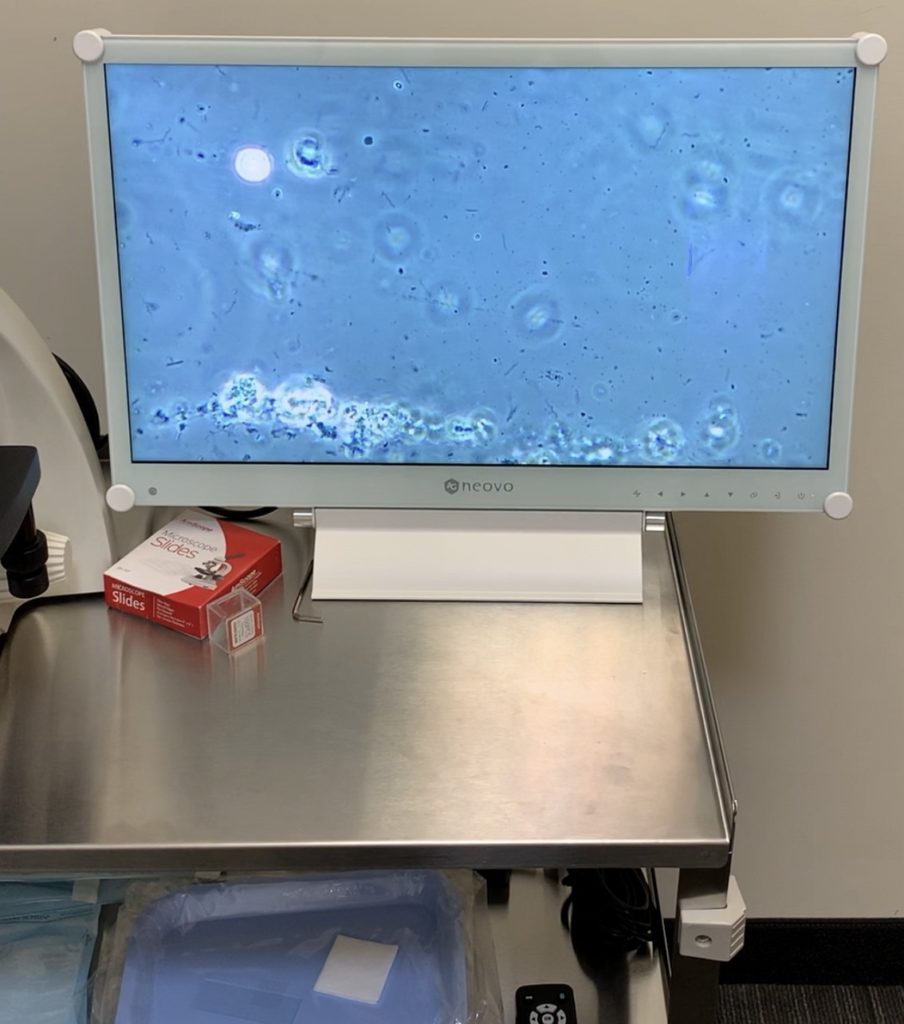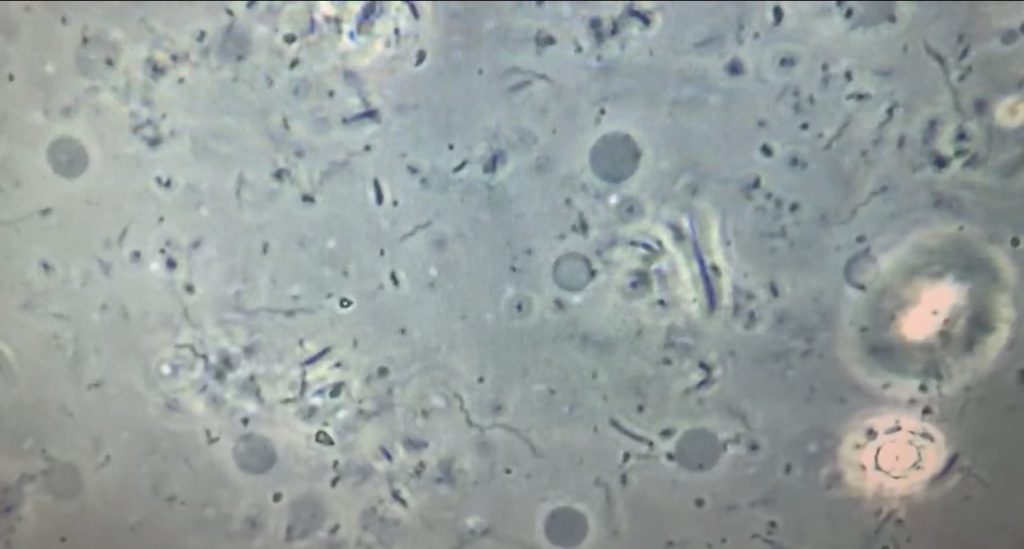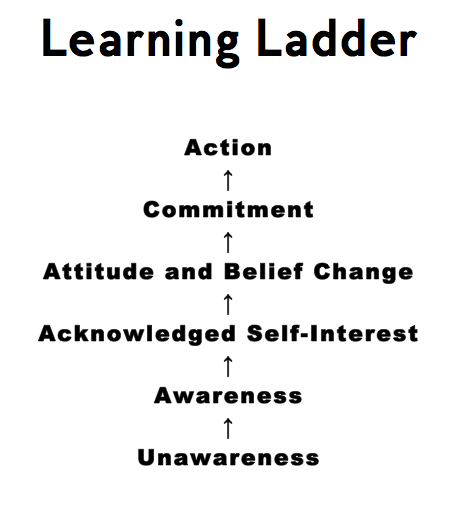Dentistry used to be about teeth and gums. When dentistry was about teeth and gums, there were dozens of rational lifestyle justifications for dentistry. It is hard to argue against the lifestyle improvement that good teeth in good repair and function offer individuals. But now dentistry is about much more than teeth and gums, it is about health. Twenty years ago we didn’t have all the evidence that the chronic inflammation from periodontal infection, periapical infections, and obstructive sleep apnea were shortening millions of lives, debilitating thousands and even ending others. When almost all dentistry was elective, it was easy to minimize dentistry, but now that we know that dentistry to eliminate inflammation is no longer optional for those seeking health we as a profession are forced to take a stand. Unless you are lucky enough to be a member of the “cult of personality club” you must focus your attention on becoming a better coach.
There is good news for those dentists who have a desire to become a better coach. There is a “new” old tool available to help us with our most troublesome dilemma—periodontal disease case presentation. I am and have long been a believer and proponent of “Co-Discovery” in periodontal disease. There is power in showing a person in a mirror the periodontal probe go 5-6mm deep in some areas, and 1-2mm deep in others. In showing the presence of bleeding in some areas and not in others, the red swollen gums in this part of the mouth and the pink stippled gums in another part. Until recently this mirror technique, good intraoral photographs, and Saliva testing were all I had. Still, I struggled to get above 50% case acceptance and worse I would get the occasional 1-star yelp “I went in for a cleaning, and they wanted to do a $1,000 scaling thing–stay away!” Ugh!

The solution is actually simple and fits in well with the philosophy of co-discovery. Allow your patients to see for themselves the pathogens that are affecting their health. I say this is a “new” old technology because there is nothing new about taking a biofilm sample and looking at pathogens on a phase contrast microscope. The new part is how much easier it is to display the findings to the patient and the knowledge of the effect of those pathogens on systemic health. Today we can use video cameras mounted on microscopes and present images on large screen displays. The evidence of pathogens swimming and swirling around in full color directly in front of a patient has had the most significant emotional impact I have ever seen in patients.

This emotional response has not only been seen within my patient population, but instead, I have experienced it first hand. I discovered a single spirochete on a sample of my own biofilm, and that image shook me in a way I did not expect. This discovery, along with the knowledge of the literature that spirochetes pass the blood-brain barrier and develop slow forming biofilms in the brain concerned me. Knowing that spirochete biofilms in the brain are associated with Alzheimer’s has dramatically changed my home care. I now have a desire to use interdental stimulators, antibacterial irrigants in an oral irrigator and laser gingival disinfection, where I was used to be somewhat indifferent about using those in my own mouth. Before seeing that spirochete and tying its existence to a condition that I never want to experience, I would never have changed from brushing and flossing alone. I have only had the technology in my office for a month, and now I can’t imagine practicing without it. The video microscope replaces minutes upon minutes of periodontal monolog with a dialog about how we can help them get the pathogens under control. Almost no time is spent any longer convincing them they have a problem and now they are asking me what we can do.

With a video microscope case, acceptance is no longer dependant on my communication skills, it is now a result of the patients desires to change. Going back to the teachings of L.D. Pankey’s Learning Ladder I am now aware that my failure was in transitioning from patient’s awareness to acknowledged self-interest. I used to operate under the assumption that the patient seeing bleeding gums and or deep pockets with their own eyes and my explaining how healthy gums do not bleed was enough to move them from awareness to attitude change, to commitment, and onto the action. I now realize they were mostly tuning me out as I tried to educate them about something they didn’t seem too interested in. Seeing bleeding gums does not get our patients attention. Seeing swimming pathogens does get their attention, and they sprint from awareness to commitment to action.
I used to wonder when a patient would not go forward with treatment if the reason were financial or if they didn’t quite believe they had a problem. Now I am much more confident that when a patient refuses treatment, it is because they can’t afford it or in some rare instances just don’t care about their health, but I never leave thinking they don’t believe me.